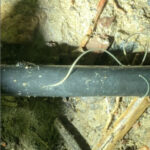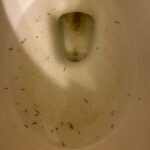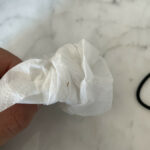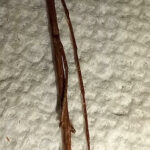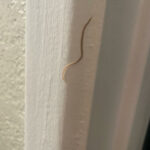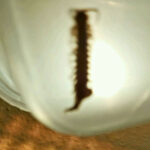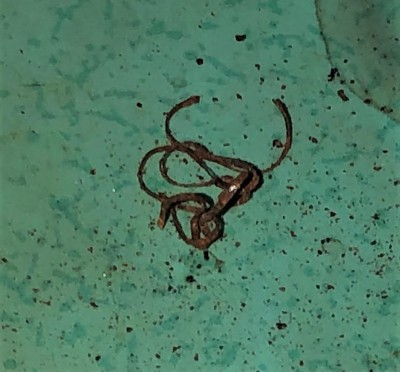Although mealworms are most often used as a food source for fish, reptiles and birds, during their short lives, they have to eat too! Mealworms have a varied diet consisting of dried grasses, grain, decaying and decomposing leaf litter, and wood matter. They are packed with protein and they are considered low fat. Surprisingly, mealworms are consumed by humans in some parts of the world.
The mealworm is the larva of the mealworm beetle. The mealworm beetle is a species of the darkling beetle. Thanks to their high protein content, mealworms are mostly used as a food source, but they can also be used for composting. The market for mealworms is so demanding that they can be purchased at just about any pet store.
The market for mealworms in the U.S. is just as big as the market in most other parts of the world. It is estimated that in the state of Maine alone, more than 200 tons of mealworms are produced each year and in the UK, more than 700 tons are produced each year for both commercial and personal use. Japan, on the other hand, actually imports more than 600 tons each year from around the world. The mealworm market overall is estimated in the billions of dollars each year.
Mealworms come in large containers filled with bran or oatmeal. Mealworms are typically used for fish bait, but they can also be used for personal use compost and/or in farming or commercial compost. The most popular type of mealworm is an earthworm called the “night crawler.” Night crawlers are typically found on the top of soil at night, hence the name “night crawler.” They are also called “dew worms” because their numbers tend to increase when the ground is moist. Night crawlers are quite large in size. They can measure up to ten inches in length and up to 0.39 inches in diameter.
The night crawler, whose scientific name is Lumbricus terrestris, has a unique dark colored “head” with a light colored flattened tail. At first glance, you won’t notice it, but the night crawlers body is covered with “setae,” which are tiny bristles that help the worm move through the dirt and it also helps the worm anchor its body when it comes time to protect itself against predators.
The night crawler has a protein packed segmented body. Each segment is filled with fluid and the segments surround the worm’s digestive tract. The digestive tract is the same length as the worm, whatever size he may be. The night crawler has a brain and hearts, but it has no eyes, ears, or lungs. They absorb oxygen through their smooth and slimy skin, which is always moist, and they “hear” through their ability to feel vibrations on the ground. Although they do not have eyes, night crawlers are very sensitive to light. If they remain in the light for too long, the results can be fatal. The same is true if the worm’s body dries out. In the sunlight, it is highly possible that the worm’s skin can dry out, so if they are not buried deep within the earth or the lower layers of top soil, during the day, they can be found under rocks or bricks or underneath leaves or debris.
Whether you are purchasing worms to use as bait or for compost or farming, you can purchase mealworms from just about any pet store, live bait and fish stores, and literally hundreds of sellers and retailers online. Mealworms are inexpensive too. The cost for around 500 live mealworms is $35-$50.
All About Worms is always free, always reader-supported. Your tips via CashApp, Venmo, or Paypal are appreciated! Receipts will come from ISIPP Publishing.



